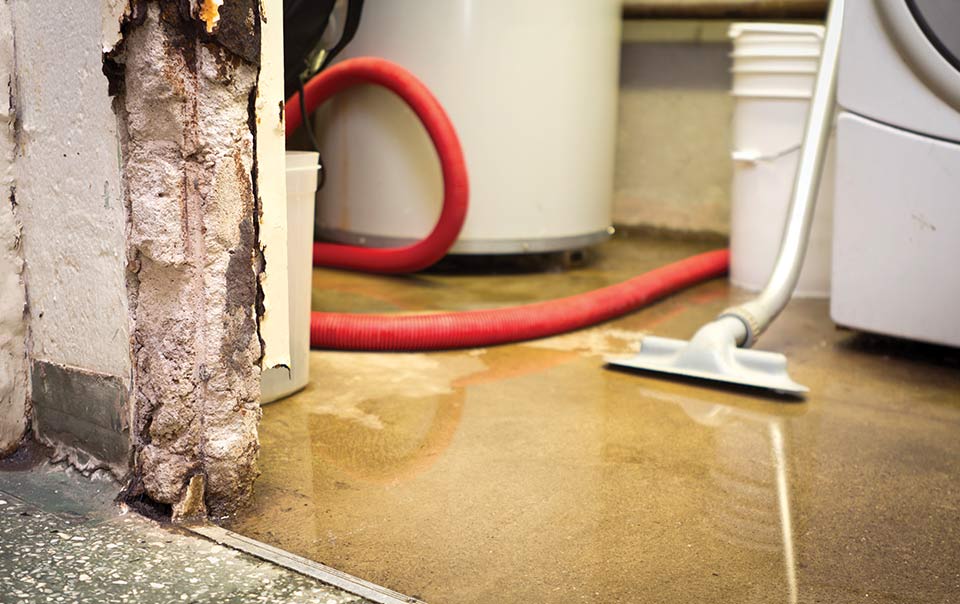
Sump Pump Maintenance for Your Home



A sump pump is an important component of your home's equipment that helps protect your property by controlling water and keeping your home dry. Typically found in basements, sump pumps are usually professionally installed in a specially constructed sump pit. When the water table around your home is high, your sump pump can help keep your basement dry and might even help minimize damage to your home if you experience a plumbing or appliance leak. As a homeowner, you'll want to maintain your sump pump to make sure it's working properly.
The sump pump's job is to pump water outside and away from the home. To help keep it functioning properly, your sump pump needs regular maintenance. Here are some tips to help make sure your sump pump stays in good working condition.
How to Help Keep Your Sump Pump in Good Condition
- Check the pump at least once a year:
• Is the sump pump plugged in?
• Is the power cord in good shape?
• Is the discharge hose connected properly?
• Is there any debris in the area that could clog the pump and prevent it from working properly?
To check if your sump pump is functioning properly, pour water into the sump pit. Look for the sump pump to start up automatically and whether the water drains quickly. - Since sump pumps run on electricity, consider installing a battery backup to help ensure yours will not fail, even in the event of a power outage. If you have installed a battery backup, during your test of the sump pump installation, unplug the pump to ensure that it will function properly on battery power.
- Find the location where your pump discharges outside your home. Make sure that the discharge will not occur near your foundation, and that the area is clear of any debris. Do not discharge your sump pump into a septic tank or sewer system. Contact a licensed professional if you need help locating where your sump pump discharges.
- Promptly contact a licensed professional if your sump pump is not working properly.
Learn more about the maintenance for your sump pump by referring to the owner's manual. Check on your sump pump and pit regularly, especially if a significant amount of rainfall is forecast. Keep the sump pit clean and free of debris. Don't forget to check and clean the inlet opening or screen. Unplug the pump when you are cleaning it, but don't forget to plug it back in when you are done.
If water backs up from a sewer or drain within your home or if water discharges or overflows from your sump pump, water backup and sump pump discharge or overflow coverage can help cover the loss up to a specified dollar amount. This does not include coverage for flood or surface water backup. Talk to your local independent agent or Travelers representative about whether this coverage is right for you.
More Prepare & Prevent

5 Steps to Create a Home Inventory Checklist [Video]
Create a home inventory checklist to keep track of your important possessions in order to help verify loss for insurance and taxes.

Should I File a Property Damage Claim?
What if you have an incident where you're not sure whether to file a claim? Here are three questions to help you determine what to do next.

Electrical Safety in the Home
Home electrical safety is important year-round. Get outlet and extension cord safety tips, and other information related to home electrical safety.